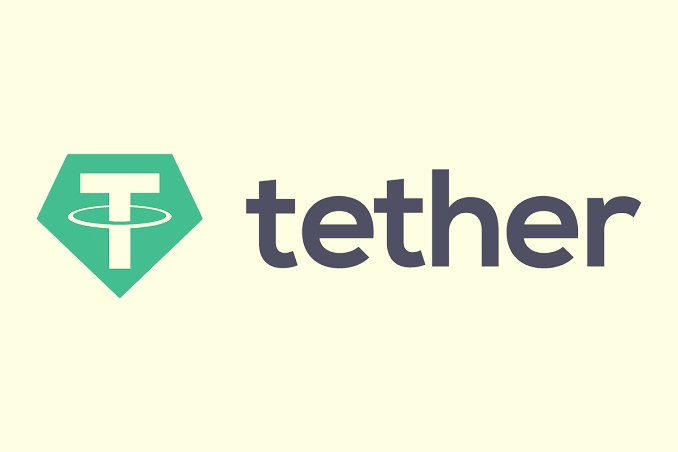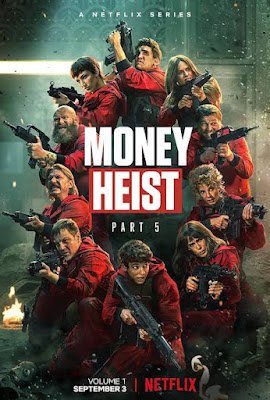
Stablecoin Tether Crashes on Indian Exchanges, Traders Buy The Dip
A solitary tie should be valued at $1 or rupees 74.37 according to the current dollar-rupee conversion standard.
Tie crash and recuperation on Indian trades
Tie (USDT), the universes biggest stablecoin by market esteem, has turned unpredictable on Indian trades in the midst of recharged administrative vulnerability. Also, smart dealers are benefitting from the value shakiness.
The cryptographic money dispatched to assist with alleviating unpredictability related with other advanced resources ought to consistently be valued at $1 or rupees () 74.37, according to the current dollar-rupee or USD/INR conversion standard.
In any case, on Tuesday, USDT smashed on conspicuous nearby stages, hitting as low as 60 on the Mumbai-based WazirX trade while keeping up with the 1:1 stake with the dollar on western trades.
The move occurred after the Lok Sabha (lower place of the Parliament) notice said the Cryptocurrency and Regulation of Official Digital Currency Bill, 2021, trying to boycott all private cryptographic forms of money, could be postponed for conversation in Parliaments looming winter meeting booked to start on Nov. 29.
A few dealers exploited the mispricing and purchased tie at a markdown. There was an exchange an open door in purchasing USDT at Rs. 60 to sell it at the stake or premium, broker Swarang Tanksali told CoinDesk in a WhatsApp visit. I bought tie around 62 on CoinDCX trade.
At press time, tie is switching hands up 74 on Indian trades, as per information source gadgets.ndtv.com.
MintingM, an India-based crypto resource the executives organization, said numerous dealers couldn’t exploit the mispricing as an abrupt spray in exchanging volumes the wake of administrative news prompted specialized errors on significant trades. Numerous financial backers couldn’t move cash to trades, MintingM said. Those holding INR on trades could take the trick.
Blockchain security scientist Mudit Gupta said its essentially little brokers exploiting the mispricing. Since crypto is in the ill defined situation [in terms of absence of administrative clarity], no huge market creator contacts it in India, Gupta said in a Twitter talk.
While tie has recuperated to exchange essentially fix with the USD/INR conversion scale, it is still shy of the cost of 80 saw in front of the accident. Tie commonly exchanges at a higher cost than expected of around 5% on Indian trades because of popularity.
Not the primary accident:
In late January, tie experienced a comparable emergency, tumbling from 80 to 61 after the then-Lok Sabha release refered to the bill for restricting digital forms of money as a component of the legislatures parliamentary plan.
As seen over, the decay was immediately switched, and the bill was never postponed in the Parliament.
The draft of the bill to be presented in the colder time of year meeting is by all accounts as old as January. The bill looks to boycott private cryptographic forms of money while working with the improvement of a computerized rupee to be dispatched by the Reserve Bank of India.
In any case, tie smashed alongside bitcoin and famous image tokens dogecoin and shiba inu. The market response recommends late media reports about the public authority relaxing its position on crypto had assembled assumptions for a more amicable language in the bill.
The subtleties of the bill are not accessible in the public space. Sumit Gupta, CEO of WazirX, told CNBC TV-18 early today that the meaning of the word private digital forms of money utilized in the bill isn’t clear. Gupta added that administrators don’t need digital currencies that rival the rupee.
(Coindesk)



























Post Comment